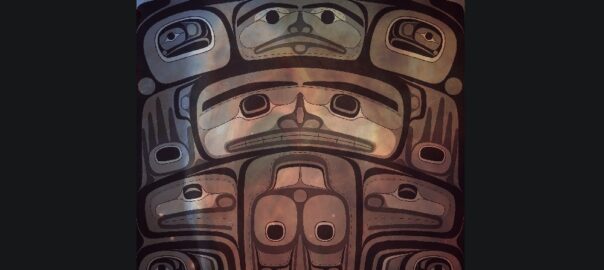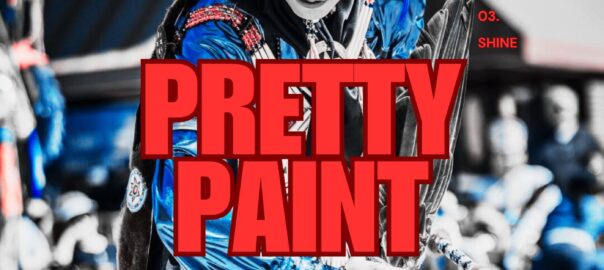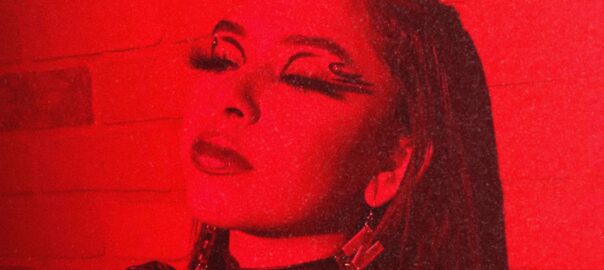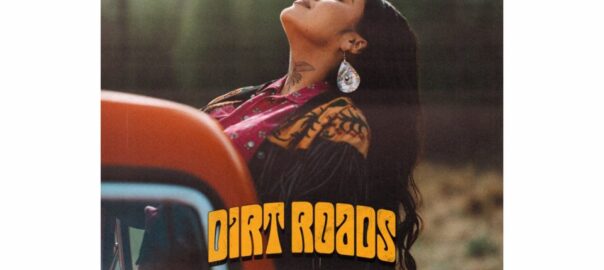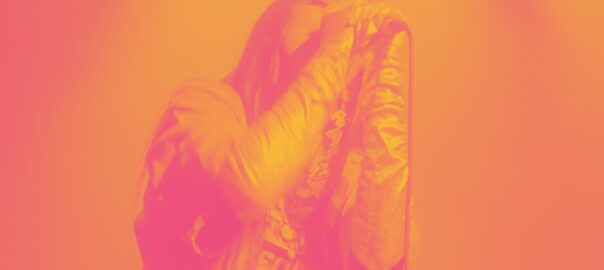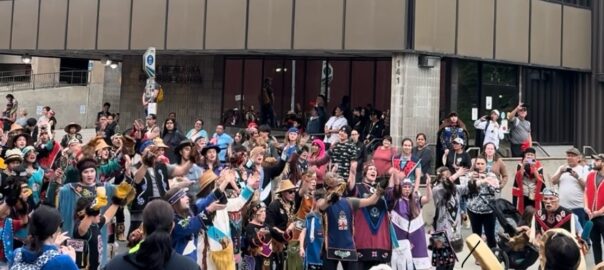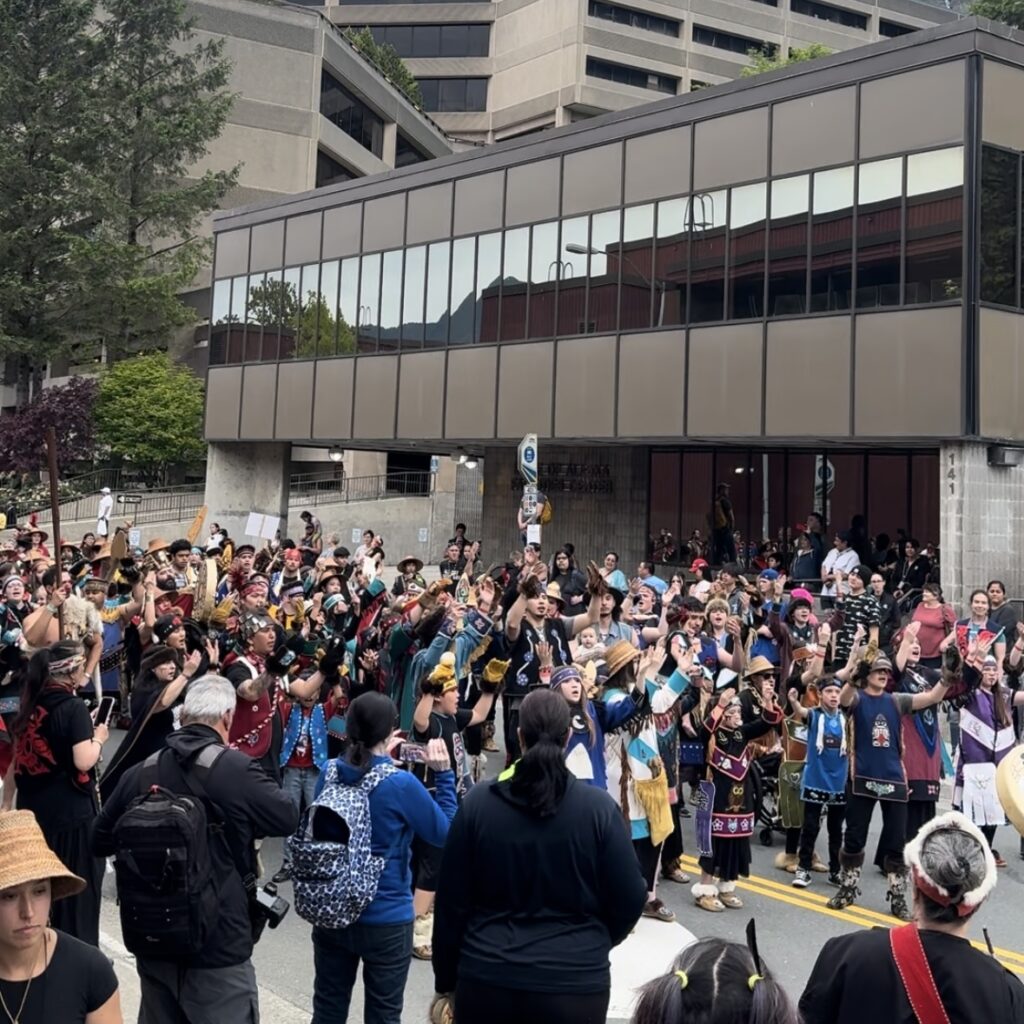Nuxalk Radio proudly presents its debut album, Nusximta, in celebration of the station’s 10th anniversary. Released under the Nuxalk Radio Records label, this album is entirely in the Nuxalk language, marking a significant milestone in the station’s mission to preserve and revitalize the Nuxalk language. With only four people speaking Nuxalk as their first language today, the album represents a powerful effort to inspire the Nuxalkmc (Nuxalk people) to create and share music in their own tongue.
Nusximta showcases the talents of various Nuxalk Radio hosts and community members, from hip hop artists to young musicians, all contributing their voices to a collective cultural renaissance. The album features an eclectic mix of performers, including Qwaxw, Rollah Mack, Nuskmata (Jacinda Mack), Ximana Nola Mack, Staltmc Wilhpun, the talented young duo Ts’ikwalhm and K’ipt, and pianist Coastyn Hall. Montreal-based producer David Hodges provided guidance, while artist and multi-instrumentalist Milan André Boronell handled the production. The vision was brought to life by Nuxalk Radio’s co-founder and Executive Producer, Slts’lani (Banchi Hanuse).
As a platform for music entirely in the Nuxalk language, Nuxalk Radio offers a wide range of genres performed by artists from ages 8 to 67, all from the remote coastal village of Bella Coola, Nuxalk. The station, located in Q’umk’uts’, Bella Coola, has always championed the power of music as a medium for language learning, creating a vibrant space for cultural expression and community connection.
Meet the Musicians:
- Qwaxw: Co-founder and technical manager of Nuxalk Radio, a former Chief Councilor, and a Registered Professional Forester.
- Nuskmata (Jacinda Mack): An Indigenous land and water protector, singer-songwriter, and passionate language learner.
- Tatala: A Nuxalk Radio host and language coordinator dedicated to promoting the Nuxalk language.
- Ximximana: Co-host of Nuxalk language-learning programs, advocating for language preservation through radio.
- Ximana Nola Mack: Chef and caterer, blending ayurvedic cooking with traditional Nuxalk foods.
- Ts’ikwalhm and K’ipt: Eight-year-old best friends, budding musicians, and cultural ambassadors.
- Staltmc Wilhpun: A Nuxalk language champion, former tribal council director, and a trailblazer as the first Indigenous woman in Canada to become a journeyman carpenter.
- Rollah Mack: Hip-hop artist with a decade of experience, also known as Nuxalk Radio host Q’xta.
- Coastyn Hall: A 14-year-old classical musician and composer, already working on his third piano concerto.

